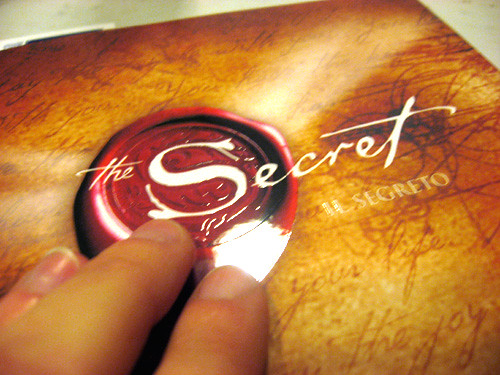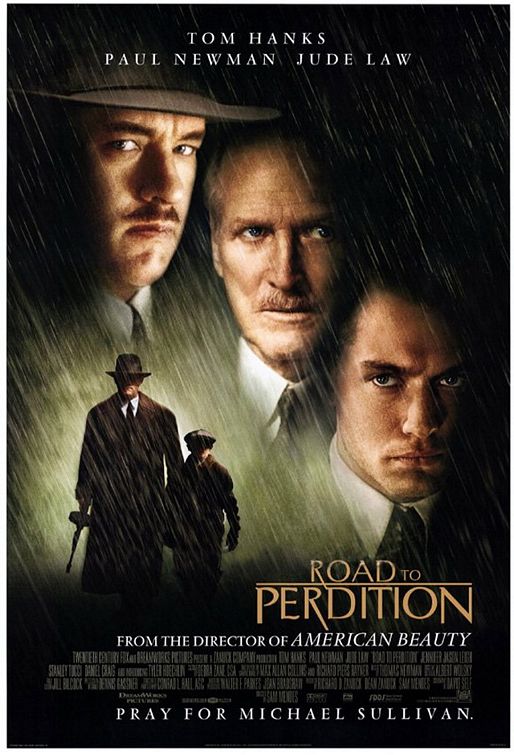Alright, buckle up, film fanatics and TV binge-watchers! We all know death is a part of life, but let’s be real, it hits different when it’s unfolding on a massive screen, right? Whether it’s the intense carnage of a battlefield, a quietly poignant battle with terminal disease, or something utterly bizarre like getting tri-sected by a wire fence, on-screen deaths are absolutely integral to storytelling. But sometimes, these cinematic goodbyes don’t just move us; they completely floor us, leaving a permanent mark on our psyche.
There’s a special kind of cinematic moment that transcends typical plot points – it’s the one where a character you’ve invested in, cheered for, or even rooted against, suddenly meets their maker in the most unexpected, brutal, or downright heartbreaking way imaginable. These aren’t just deaths; they’re narrative seismic shifts, moments that make you gasp, rewind, or maybe even fast-forward because, as Redditor RightWayIThink put it about Tara Knowles’ demise, sometimes “it was too much for me.”
So, prepare yourselves as we take a deep dive into some of the most shocking on-screen deaths in film and TV history that audiences still can’t quite get over. These are the scenes that broke molds, shattered expectations, and proved that in the world of fiction, no one, absolutely no one, is truly safe. Get ready to revisit some seriously unforgettable, and yes, still traumatizing, moments that truly hit different.
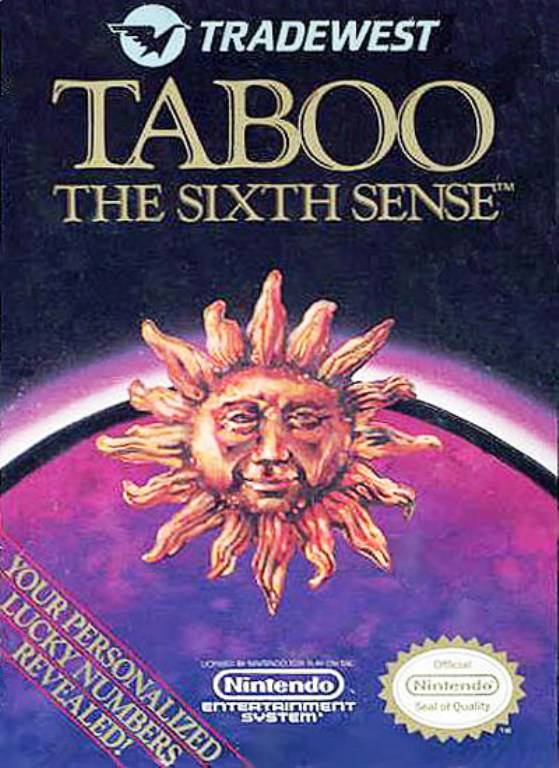
1. Dr. Malcolm Crowe (The Sixth Sense, 1999)
When M. Night Shyamalan’s supernatural thriller hit screens in 1999, it wasn’t just a movie; it was an event, largely thanks to one of the most iconic twist endings in cinema history. Bruce Willis, a bonafide action star, played child psychologist Malcolm Crowe, a character who, right at the start, appears to survive a gunshot wound. This initial event sets the stage for what we believe is his journey to redemption, working with a young boy who claims to see ghosts.
For most of the film, we follow Crowe as he diligently works with little ghost-whisperer friend, Danny Torrance. He’s trying to help the child understand his unique abilities, all while battling his own personal demons and trying to mend his strained relationship with his wife. The narrative intricately weaves his personal struggles with his professional commitment, making us believe he’s very much present and active in the lives around him.
Then, the moment of truth arrives. The film meticulously builds up to a revelation that pulls the rug out from under every single viewer. As Crowe puts it all together, the pieces click into place with a horrifying clarity that recontextualizes every scene that came before. It’s a masterclass in misdirection, a narrative sleight of hand that you simply don’t see coming.
We learn that Bruce Willis’s character was actually dead for the entire film following that opening scene. Yes, you read that right. He was a ghost all along, just like the ones Danny saw. The genius of the twist lies in how seamlessly it was hidden, making us question our own perceptions and how much we implicitly trust what a film shows us. It’s a moment that generates genuine goosebumps and leaves you reeling long after the credits roll.
The sheer audacity of killing off your main character in the first few minutes and then concealing it for almost two hours is what makes Dr. Malcolm Crowe’s demise so profoundly shocking. It wasn’t just a character death; it was a revelation that redefined cinematic twists and proved that even the protagonist isn’t immune to a narrative curveball. This death isn’t brutal in a physical sense, but psychologically, it’s one of the most traumatizing reveals ever.
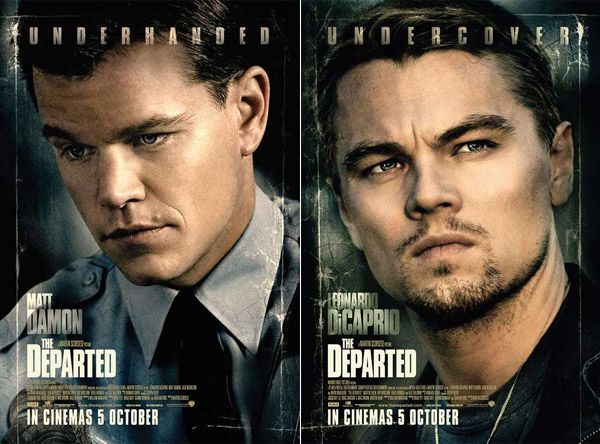
2. Billy Costigan (The Departed, 2006)
Martin Scorsese’s “The Departed” is a relentless cat-and-mouse game, a tense tale of two moles, one working for the Irish Mob and the other for the police. Leonardo DiCaprio’s Billy Costigan is the undercover state trooper, navigating the treacherous world of Frank Costello’s crime syndicate, constantly on edge and enduring immense psychological strain. His character is our emotional anchor, the good guy trapped in a very bad place, and we’re desperately rooting for his escape.
Costigan’s journey is one of survival, paranoia, and the gradual erosion of his identity. He’s been living a lie for so long, constantly performing, constantly in danger, that the line between Billy Costigan, the cop, and Billy Costigan, the criminal, blurs. The film builds up to the moment where he finally has Matt Damon’s Colin Sullivan, the mob’s mole in the police force, at gunpoint. This is it—the climax, the resolution, the moment of reckoning.
The tension is palpable as they descend in an elevator, seemingly one ride away from Costigan being out of the undercover business once and for all. Audiences are on the edge of their seats, anticipating the triumphant arrest, the justice served, the hero’s much-deserved freedom. It feels like the hard-fought victory is within reach, a light at the end of a very long, dark tunnel for Costigan.
But this is Scorsese, and happy endings are often fleeting. The elevator doors open, and in a brutal, split-second act of violence, Costigan is shot in the head. Just like that, Leonardo DiCaprio’s brains go flying, completely upending every expectation. It’s a swift, shocking, and utterly ruthless death that comes out of nowhere, especially when you expect a different outcome for such a central character.
His demise isn’t just impactful because it’s a lead character; it’s impactful because it’s a complete gut-punch, robbing us of the resolution we craved. It turns out Sullivan wasn’t the only mole who was really working for the Mob. This unexpected brutality leaves audiences stunned, reminding us that in this world, even justice can be tragically delayed or denied, making Billy Costigan’s exit one for the history books of shocking cinematic deaths.
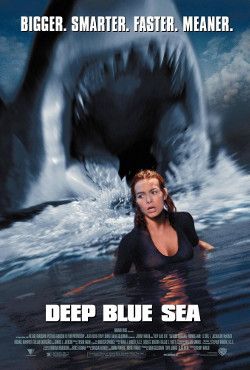
3. Russell Franklin (Deep Blue Sea, 1999)
“Deep Blue Sea” might be a sci-fi horror flick about genetically engineered super-sharks, but it’s also famous for one of the most audacious and jaw-dropping character deaths in modern cinema. Samuel L. Jackson, a cinematic icon and the film’s biggest star, plays corporate executive Russell Franklin. You know, the kind of character who’s usually too important, too charismatic, too *Samuel L. Jackson* to die early on.
As the situation with the killer sharks spirals into chaos, the remaining survivors are giving way to panic and despair. In a moment that feels almost cliché, Franklin steps forward to deliver an impassioned, inspirational speech, urging everyone to rally, to believe in themselves, and to fight for their lives. His booming voice and confident demeanor signal to the audience that *this* is the character who will lead them through the crisis, the one who will survive against all odds.
The setup is classic disaster movie trope: the leader rallying the troops, the moment of hope amidst overwhelming dread. If you just believe in yourself… right? We’ve seen this play out a thousand times, and the expectation is clear: Franklin is here to provide the motivational backbone, to prove that human spirit can triumph over toothy aquatic predators. He insists that he and the others aren’t going to die.
Then, in the middle of his powerful monologue, a massive shark bursts through the wall behind him, grabs him, and drags him to a gruesome, dismembered death. It happens so fast, so unexpectedly, that it literally cuts off his speech mid-sentence. The scene is a perfect example of subverting audience expectations, proving that star power offers no immunity when a film wants to truly shock its viewers.
Considering he was the movie’s biggest star, Russell Franklin’s sudden and brutal exit was something no one saw coming. It immediately established that no one was safe, no matter their star status or their inspirational dialogue. This death remains a fan-favorite for its sheer audacity and its unforgettable, darkly comedic shock value, solidifying its place as one of cinema’s most surprising goodbyes.
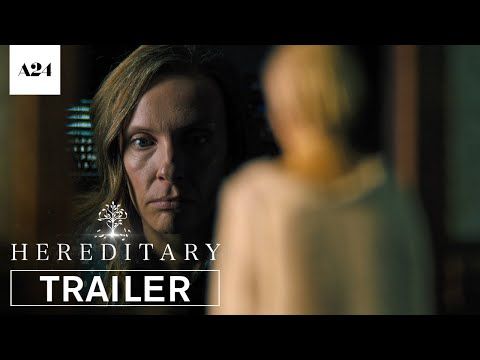
4. Charlie (Hereditary, 2018)
When Ari Aster’s horror film “Hereditary” first teased its release, trailers prominently featured a quirky, somewhat creepy kid named Charlie. Audiences naturally assumed this was another horror movie built around a spooky child who freaks out her family. The marketing built her up as a central figure, hinting at her strange nature and unsettling presence, making her seem like the lynchpin of the film’s dread.
Charlie’s character, with her distinct look and habit of making strange clucking noises, was positioned as a key element of the film’s psychological torment. Her interactions and peculiar behaviors were highlighted, leading viewers to believe she would be integral to the unfolding supernatural terror, perhaps even the main conduit for it. She was, in essence, the poster child for the film’s unsettling atmosphere.
However, in a move that blindsided nearly everyone, Charlie is killed off in the first 30 minutes of the film. And it’s not just any death; it’s arguably one of the most horrifying and unexpected fatalities in modern horror cinema. While driving home from a party, her brother, Peter, swerves to avoid an animal, and Charlie, with her head out the window, is instantly decapitated by a telephone pole.
The manner of her death is nothing short of gut-wrenching, an accidental, sudden, and deeply disturbing event that completely shatters any preconceived notions about the film’s direction. It’s a grotesque, unflinching moment that establishes the movie’s bleak and merciless tone right out of the gate, proving that the filmmakers weren’t afraid to push boundaries.
What makes Charlie’s death so profoundly shocking is that in a movie about demonic possession, you’d probably have put your money on something supernatural and spectacular. Instead, it’s a mundane, horrific accident that sets off a chain reaction of grief, trauma, and ultimately, true terror for the family. This brutal, early exit ensures that her legacy as a shocking on-screen death is firmly cemented.
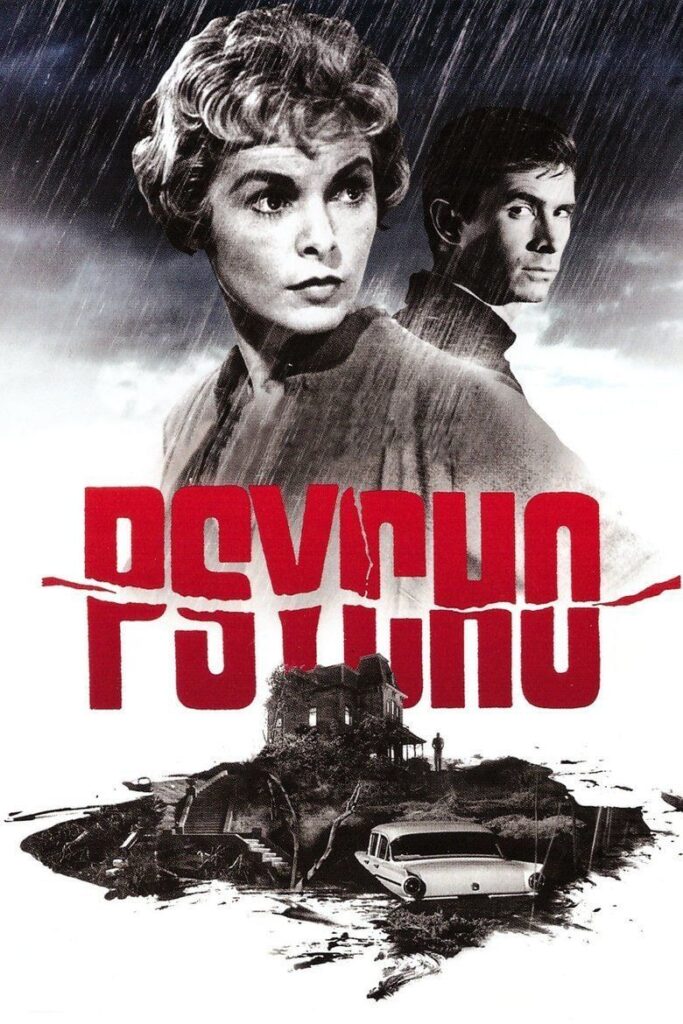
5. Marion Crane (Psycho, 1960)
Today’s generations have seen the iconic shower scene from Alfred Hitchcock’s “Psycho” so many times that it’s hard to imagine it being truly shocking anymore. We know the knife, the violins, the shower curtain, the screaming, the sudden stillness. But to fully appreciate its impact, you have to consider the context of 1960, a time when cinematic rules were very different, and Hitchcock was a master manipulator of audience expectations.
The movie was heavily marketed on the strength of its famous star, Janet Leigh, who played Marion Crane, a woman on the run after stealing money. Leigh was a household name, a glamorous presence, and the advertising suggested she was the film’s undeniable protagonist. Audiences entered the theater expecting to follow her journey, perhaps through a thrilling chase or a moral dilemma, for the entire runtime.
After tons of buildup, carefully crafting her as the central figure, the unthinkable happens. Halfway through the film, Marion decides to take a shower at the Bates Motel. In one of the most famous scenes ever filmed, she is brutally stabbed to death by an unseen assailant. The scene is a visceral assault, a terrifying moment of vulnerability turned into horrifying violence, leaving viewers utterly stunned.
The sheer audacity of killing off the famous star and apparent protagonist halfway through the movie was unprecedented. It was a groundbreaking narrative choice that completely defied cinematic conventions of the time, where lead actors were usually guaranteed to make it to the end credits. This move left audiences disoriented, wondering who the story would possibly follow now.
The film then follows private investigator Milton Arbogast as he puts together the pieces, a complete “switcheroo” that redefined storytelling. Marion Crane’s death wasn’t just shocking; it was revolutionary, permanently changing how filmmakers approached narrative structure and character arcs. It’s a testament to its power that even decades later, its impact on cinema is still keenly felt, cementing its place as an all-time traumatizing moment.
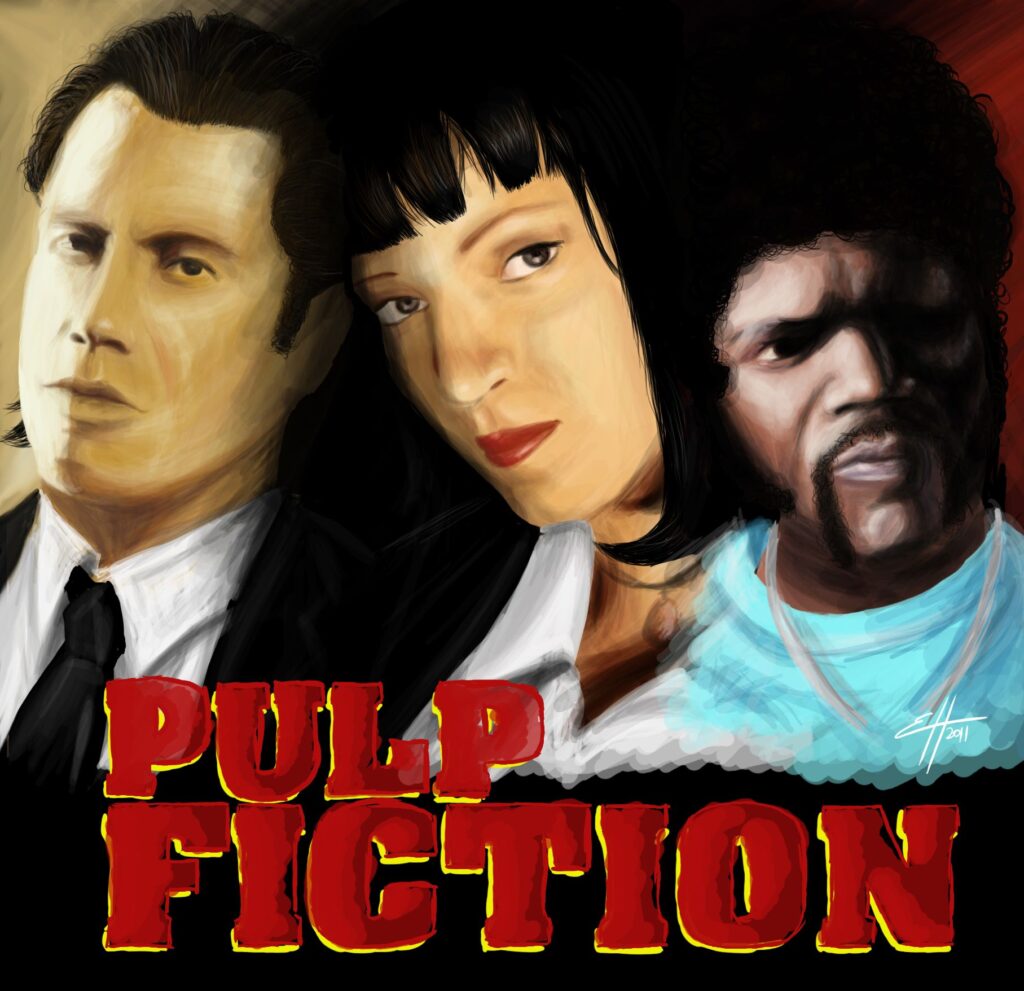
6. Vincent Vega (Pulp Fiction, 1994)
Quentin Tarantino’s “Pulp Fiction” is a mind-bending, non-linear masterpiece filled with unforgettable characters and unexpected twists. John Travolta’s Vincent Vega is one of the film’s main characters, a hitman whose cool demeanor and philosophical musings, often alongside his partner Jules Winnfield, define much of the movie’s early narrative. He’s a prominent, charismatic presence, seemingly central to the film’s sprawling plot.
We see Vincent navigating various criminal escapades, from retrieving a briefcase for Marsellus Wallace to taking Mia Wallace out for a memorable evening. His presence feels constant, a lynchpin in the interwoven stories. Given his status as a main character, you’d naturally assume he’s in it for the long haul, ready to see all his narrative threads tied up, or at least, gracefully exit in a climactic showdown.
But Tarantino loves to play with expectations. Vincent’s untimely demise is a genuine “WTF moment” that catches audiences completely off guard. It happens when he decides to waltz into another man’s house and, well, use his toilet. While he’s indisposed, Butch Coolidge, who Vincent was supposed to kill, finds Vincent’s gun left unattended on the kitchen counter.
When Vincent emerges from the bathroom, gun in hand, Butch is waiting for him. In a sudden burst of violence, Butch shoots Vincent dead with his own weapon. This shocking moment happens with still an hour of the movie left to go, a complete subversion of traditional narrative pacing that leaves you questioning everything you thought you knew about how stories are supposed to unfold.
Hey, we guess there’s a lesson there about waltzing in and using another man’s toilet. Don’t worry, though: since the movie isn’t told in order, Vincent is back pretty soon in earlier chronological segments. But the initial shock of seeing a main character so abruptly dispatched, mid-film, without a grand send-off, makes Vincent Vega’s death a permanently jarring and memorable event that still traumatizes audiences with its suddenness.
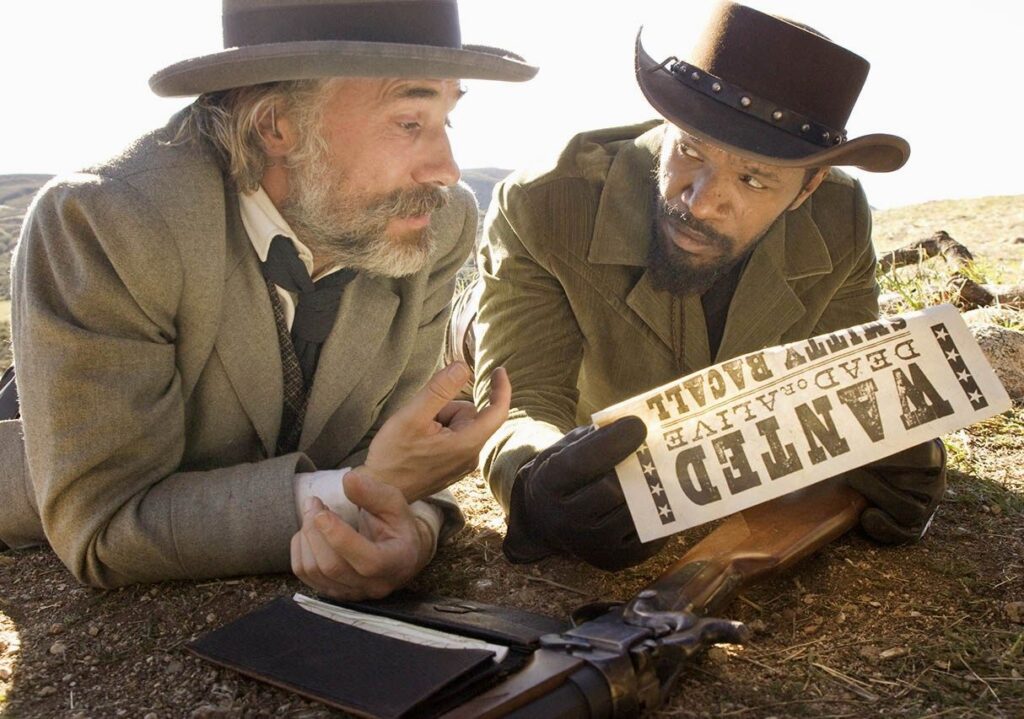
7. Calvin J. Candie (Django Unchained, 2012)
Quentin Tarantino’s “Django Unchained” is a brutal, yet ultimately satisfying, tale of vengeance set in the pre-Civil War South. Leonardo DiCaprio delivers a chilling performance as Calvin J. Candie, the sadistic and entitled owner of Candyland plantation, making him one of the most despicable villains in cinematic history. His cruelty and arrogance build throughout the film, making him a character you desperately want to see get his comeuppance.
The tension in the film reaches an almost unbearable peak during the dinner scene at Candyland, where Django and Dr. King Schultz are attempting to negotiate Broomhilda’s freedom. After enduring ghastly things and navigating the horrifying realities of the plantation, a simple handshake becomes a source of immense dread and conflict. Every glance, every word, every subtle movement in this scene is fraught with danger.
Amidst this powder keg, Dr. King Schultz, unable to stomach the final act of Candie’s despicable greed and cruelty, refuses to shake his hand after the deal is done. Instead, in a move that no one, not even the most cinema-savvy film critic, could have foretold, Schultz pulls a derringer from his sleeve and shoots Candie point-blank. It was literally a trick up Dr. King Schultz’s sleeve, and it happens with breathtaking suddenness.
The death of Calvin Candie is as unexpected as it is supremely satisfying. It’s a moment of pure catharsis, a visceral reaction to Candie’s unbridled evil that erupts without warning, completely derailing the tense negotiations. DiCaprio’s character is taken out in a flash, a shocking end to a truly detestable figure that audiences had been waiting to see punished.
Of course, when it comes to shocking deaths and violence, if there’s anything to expect of director Quentin Tarantino, it’s the unexpected. Candie’s sudden demise sparks a massive shootout, plunging the narrative into even greater chaos and violence. This unforeseen turn of events is a testament to Tarantino’s ability to constantly surprise and traumatize audiences, even when the outcome is deeply desired, making Candie’s death a truly unforgettable moment.
Alright, film fanatics, let’s keep this emotional rollercoaster going as we dive deeper into cinematic history to unearth more of those unforgettable character demises that audiences still can’t quite get over. These aren’t just scenes; they’re moments that have been etched into our collective memory, leaving us shocked, heartbroken, or simply stunned by their sheer audacity. Get ready for another round of on-screen goodbyes that truly hit different.
**8. Ellie Fredricksen (Up, 2009)**
Alright, film fans, grab your tissues because Pixar knows how to hit you right in the feels, and “Up” starts pulling at those heartstrings almost immediately. This animated masterpiece opens with a wordless montage chronicling the lifelong love story of Carl Fredricksen and his adventurous wife, Ellie. It’s a masterclass in visual storytelling, swiftly establishing a profound connection that few films, animated or otherwise, ever achieve.
We see their childhood dreams, their wedding, the simple joys and minor heartbreaks of married life, from fixing up their house to dreaming of Paradise Falls. The sequence rushes through decades, showing the couple growing old together, their bond deepening with every passing year, every shared smile, and every silent understanding. It’s a beautiful, bittersweet symphony of a life well-lived, a testament to enduring love and shared dreams that makes you feel like you’ve known them forever.
Then, with devastating swiftness, the narrative takes a turn. We witness Ellie’s failing health, Carl’s frantic, loving care, and ultimately, her quiet passing. There are no dramatic speeches or tearful goodbyes; just a poignant fade, a single balloon floating away, and a grief so palpable it transcends the screen. It was such a powerful moment that Pixar granted a special wish for 10-year-old Colby Curtin to see the movie before she died, knowing the profound emotional resonance it carried.
Ellie’s death isn’t just a plot point; it’s the emotional cornerstone of the entire film, fueling Carl’s subsequent adventure and his journey of healing. It’s a reminder that even in animated worlds, love, loss, and grief are universal experiences that can completely floor an audience. Her silent departure leaves an indelible mark, reminding us of the fleeting beauty of life and the enduring power of love.
**9. Tony Stark/Iron Man (Avengers: Endgame, 2019)**
For over a decade, Tony Stark, brilliantly brought to life by Robert Downey Jr., was the undeniable heart and soul of the Marvel Cinematic Universe. His journey from a charismatic, self-centered weapons manufacturer to a selfless hero, haunted by past mistakes but determined to protect the world, was the bedrock of the entire Infinity Saga. Fans had cheered him on, laughed with him, and watched him grow, making his presence feel absolutely indispensable.
The culmination of this epic saga arrived with “Avengers: Endgame,” where the remaining heroes faced the impossible task of reversing Thanos’s devastating snap. The stakes had never been higher, with the fate of half the universe hanging in the balance. The tension was agonizing, as every hero prepared for what might be their final stand, knowing that victory would come at an unimaginable cost.
In the climactic battle against Thanos, with all hope seemingly lost, Tony Stark makes the ultimate sacrifice. Wielding the Infinity Gauntlet, he utters the iconic, poignant words, “I am Iron Man,” before snapping his fingers, eradicating Thanos and his army. The energy surge from the Stones, however, proves too much for him, and he slowly succumbs to his injuries, surrounded by his friends and family. It’s a moment that rips through the audience, leaving a gaping hole in the MCU and in our hearts.
His death isn’t merely shocking; it’s the profoundly emotional payoff to an 11-year, 22-movie narrative arc. The callback to his very first declaration of identity perfectly bookends his story, transforming him into a legend. Tony Stark’s final act of heroism created one of the most traumatizing yet fitting goodbyes in cinematic history, ensuring that the legacy of Iron Man would forever be etched into pop culture.
**10. Dobby (Harry Potter And The Deathly Hallows: Part 1, 2010)**
Hold onto your socks, because if there’s one character in the Harry Potter universe whose death utterly crushed fans, it’s the brave, loyal, and utterly endearing house-elf, Dobby. Introduced as a timid, self-punishing creature, Dobby quickly became a fan favorite, captivating audiences with his quirky charm, his unwavering devotion to Harry, and his defiant pursuit of freedom. His journey from an enslaved elf to a fierce protector was one of the series’ most heartwarming subplots.
In “Harry Potter and the Deathly Hallows: Part 1,” Dobby’s defining moment arrives during a desperate escape from Malfoy Manor. Trapped and facing unimaginable torture, Harry, Hermione, and Ron are rescued by the small, courageous elf. He apparates them to safety, demonstrating his immense magical power and his selflessness, proving once again that true bravery comes in all sizes.
However, just as they reach the safety of the beach, a knife thrown by Bellatrix Lestrange pierces Dobby. Harry cradles him in his arms as the light leaves his eyes, Dobby’s final whispered words echoing his first words to Harry: “Harry Potter.” Emma Watson, who played Hermione, even admitted that Dobby’s demise made her completely break down during filming. The emotional weight of this scene is so profound that fans have left countless socks at Dobby’s memorial grave site at Freshwater West beach in Wales, a poignant tribute to his life and sacrifice.
Dobby’s death is a gut-wrenching blow, symbolizing the cruel realities of the wizarding war and the profound cost of heroism. It’s a moment that still brings tears to the eyes of millions, a testament to the power of his character and the bond he forged with audiences. He may have been a small house-elf, but his impact was monumental, leaving a permanently traumatizing, yet deeply meaningful, mark on the hearts of fans.
**11. Mufasa (The Lion King, 1994)**
Even if you’ve seen it a hundred times, the death of Mufasa in Disney’s “The Lion King” remains one of the most iconic, shocking, and emotionally devastating moments in animated film history. Mufasa was everything a king should be: wise, benevolent, powerful, and a loving father who taught young Simba about the delicate balance of the “Circle of Life” and the responsibilities of leadership. He was the unwavering anchor of the Pride Lands, revered by all.
The film builds to an unbearable peak when Scar, Mufasa’s jealous and manipulative brother, engineers a wildebeest stampede. Luring both Mufasa and Simba into the gorge, Scar sets his heinous plan into motion. In a moment of pure, shocking betrayal, as Mufasa clings desperately to the cliff face, Scar whispers the chilling words, “Long live the king,” before sending his own brother plummeting to his death. It’s a brutal, unexpected act of fratricide that leaves audiences, especially younger ones, utterly stunned.
The immediate aftermath is equally heartbreaking. Young Simba discovers his father’s lifeless body, his innocent cries echoing through the gorge. Scar then twists the knife, manipulating Simba into believing the death was his fault, driving him into exile. Co-director Rob Minkoff noted that killing off such a prominent character so early in the film broke Disney’s traditional formula, making its impact all the more profound and unexpected for audiences accustomed to safer narrative arcs.
Mufasa’s death isn’t just a pivotal plot point; it’s a foundational trauma for an entire generation. It teaches tough lessons about betrayal, grief, and the harsh realities of power. The scene’s raw emotion and unforgettable imagery have cemented its place as one of the most traumatizing and impactful character demises, leaving a lasting scar on pop culture and the hearts of anyone who watched it.
**12. Thomas J Sennett (My Girl, 1991)**
Prepare for a true gut-punch because “My Girl” delivered one of cinema’s most unexpected and devastating child fatalities, made even more shocking by the presence of a beloved child star. Macaulay Culkin, at the height of his “Home Alone” fame, played the sweet, allergy-prone Thomas J Sennett, the best friend and innocent first crush of Vada Sultenfuss. Their bond was the tender heart of the film, full of youthful wonder and burgeoning feelings.
The movie paints a beautiful, nostalgic picture of their summer adventures, leading audiences to believe they were witnessing a charming coming-of-age story. One ordinary summer day, Vada loses her mood ring in the woods, and Thomas J, ever the loyal friend, ventures off alone to retrieve it. It’s a simple, innocent act of kindness that seems harmless, a small quest for a treasured item.
But then, tragedy strikes with horrifying suddenness. Thomas J steps on a beehive, triggering a severe allergic reaction. The film doesn’t shy away from the horrific consequences, showing his swollen face and rapid decline. The 14-second death sequence, filmed in slow motion, is brutally effective, hammering home the swift and merciless nature of his passing. The sheer randomness of it, a beloved child dying from something so mundane yet lethal, is what makes it so profoundly traumatizing.
His death shatters the innocent world of the film, forcing Vada and the audience to confront the harsh, unpredictable realities of loss. It was a bold narrative choice, especially given Culkin’s star power, to kill off such a central and beloved child character. Thomas J Sennett’s exit remains a truly unforgettable and deeply upsetting moment, forever cementing its place as one of the most shocking and heartbreaking on-screen deaths.
**13. Old Yeller (Old Yeller, 1957)**
Before “Marley & Me” had us weeping over our canine companions, Disney delivered one of the original and most emotionally brutal animal deaths in cinematic history with “Old Yeller.” Set in post-Civil War Texas, the 1957 adaptation follows young Travis Coates as he’s thrust into adult responsibilities, learning to run the family farm while his father is away. His world is complicated and then brightened by the arrival of a stray, unruly, but ultimately loyal yellow Labrador, Old Yeller.
Despite initially being a nuisance, Old Yeller slowly wins over Travis and the family, becoming an indispensable protector and friend. He saves them from bears, wild hogs, and other dangers of the frontier, solidifying his place as a true hero. Their bond deepens, creating the classic tale of a boy and his dog that audiences have cherished for generations, leading us to believe this faithful companion will always be by Travis’s side.
However, the film takes a devastating turn during a harrowing climax. A rabid wolf attacks the family, and Old Yeller, true to his loyal nature, bravely defends them. He successfully kills the wolf, but not before being bitten himself, sealing his tragic fate. The diagnosis of rabies leaves Travis with an impossible, gut-wrenching choice: to kill the dog he loves to protect his family from the inevitable spread of the disease.
The scene where Travis is forced to shoot Old Yeller is a profoundly traumatizing experience, especially for younger viewers. It’s a brutal, necessary act that teaches a harsh lesson about responsibility, sacrifice, and the inescapable pain of loss. This iconic demise remains a watershed moment in film, one that has scarred generations, solidifying its place as one of the most heartbreaking and shocking on-screen deaths in history.
**14. Jack Dawson (Titanic, 1997)**
Ah, Jack and Rose. Their whirlwind romance aboard the ill-fated R.M.S. Titanic became the stuff of cinematic legend, making us believe that love could conquer all, even the rigid class structures of 1912. Leonardo DiCaprio’s charming, free-spirited Jack Dawson captured the hearts of millions, and his passionate connection with Kate Winslet’s Rose DeWitt Bukater was the vibrant core of James Cameron’s epic disaster film. We rooted for them, we fell in love with their love, and we desperately hoped they would find their happily ever after.
But as history, and the film, grimly reminds us, the Titanic was destined for tragedy. After the ship famously strikes an iceberg, chaos erupts, and Jack and Rose are plunged into a desperate struggle for survival amidst the freezing chaos of the sinking vessel. They navigate flooded corridors, collapsing decks, and the terrifying reality of hundreds of people fighting for their lives, their bond growing stronger with every shared peril.
In the harrowing aftermath, with the ship fully submerged, Jack and Rose cling to a piece of floating debris – a wooden panel that, famously, could only support one. In a breathtaking act of selfless love, Jack ensures Rose remains on the debris, partially submerging himself in the icy Atlantic waters. He bravely faces his fate, his body slowly succumbing to hypothermia, all while holding onto Rose’s hand, promising her she’ll survive.
Jack’s death from hypothermia is a poignant, unforgettable moment that personifies the film’s themes of loss, love, and survival against overwhelming odds. It’s a romantic tragedy that left audiences weeping in theaters worldwide, reminding us of the fragility of life and the immense power of sacrifice. Even decades later, the image of Jack’s hand slipping away, and Rose’s heartbroken survival, continues to resonate, securing his place as one of cinema’s most enduringly traumatizing goodbyes.
And there you have it, folks – another seven indelible moments that etched themselves into our collective consciousness, proving that sometimes, the most unforgettable stories are told when characters meet their makers in the most surprising and profound ways. Whether it’s the quiet tragedy of an animated classic, the explosive sacrifice of a superhero, or the devastating reality of everyday perils, these on-screen goodbyes aren’t just scenes; they’re emotional earthquakes. They challenge our expectations, shatter our hearts, and remind us why we keep coming back to the magic of movies, even when they leave us absolutely traumatized. So go ahead, rewatch them if you dare – just make sure you’ve got a box of tissues handy, because these moments truly hit different.

